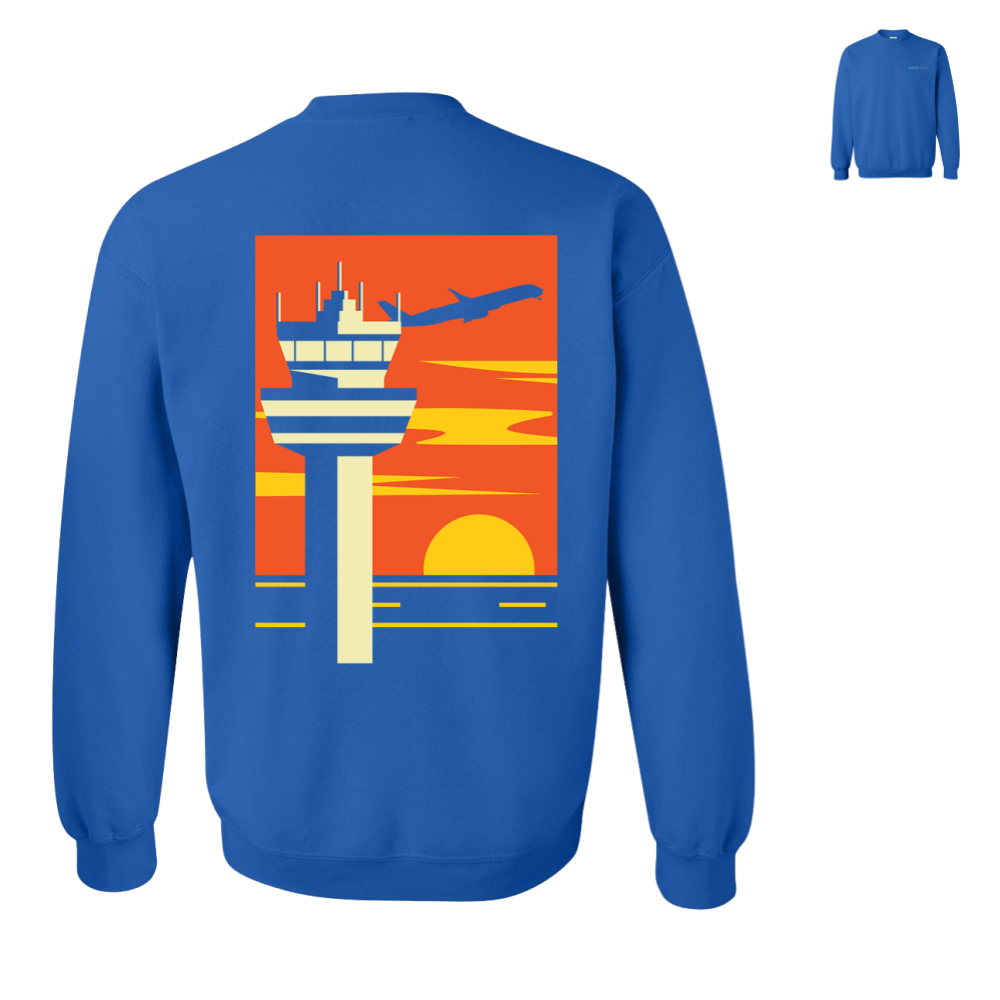Climbing Mount Everest is neither an easy nor a cheap feat. At a height of just over 29,000 feet (~8,849 meters), reaching the summit of the world’s tallest mountain nearly puts climbers at the height at which aircraft cruise. Still, many experienced climbers and mountaineers from all over the world make the challenging ascent every year.
Today, we will examine and compare the costs of the two primary methods used to experience Mount Everest: by climbing the mountain or by taking a helicopter tour.
As of September 1st, 2025, Nepal's spring season permit fee for climbing Mount Everest will rise from $11,000 to $15,000 USD. High demand from spring season climbers requires higher prices to regulate the number of climbers on the mountain. However, climbing during off-seasons like fall and winter is not necessarily cheap either, with fall and winter permits falling around $7,500 and $3,750, respectively.
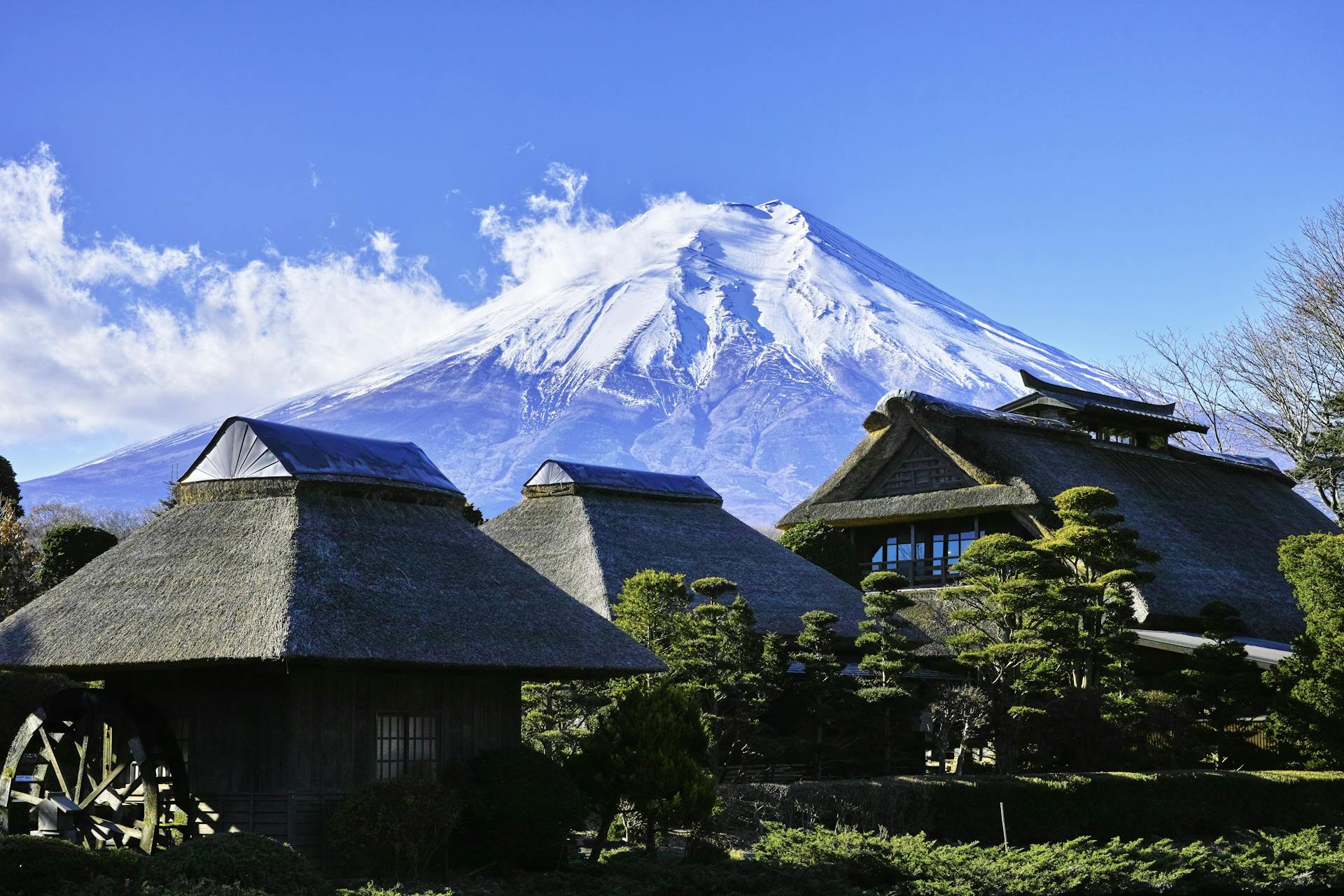
These numbers only relate to the permit fee; the total expedition cost is astronomically higher. Depending on the type of expedition selected, it can cost anywhere from $30,000 for the lowest package to over $100,000 for the most inclusive and premium adventures. These expeditions include the cost of the permit.
Packages and Pricing
The cheapest expeditions are the budget and Sherpa-supported groups that cost around $30,000 to $45,000. The Sherpa are local guides, often experienced mountaineers, who offer support to climbers. These groups offer basic logistical support such as food, lodging, and group gear, but do not offer comprehensive medical or height acclimatization support. There is a minimal sherpa-to-climber ratio, and the safety and guidance levels may vary. As such, these types of expeditions are usually best-suited for the more experienced climbers who know what to expect.
The next tier of expeditions is considered ‘mid-range,’ offering standard packages ranging between $45,000 and $65,000. These include permit, gear, logistics, guides, and base camp support. Furthermore, such packages have more experienced guides, better sherpa-to-climber ratios, quality equipment, oxygen systems, and acclimation planning.
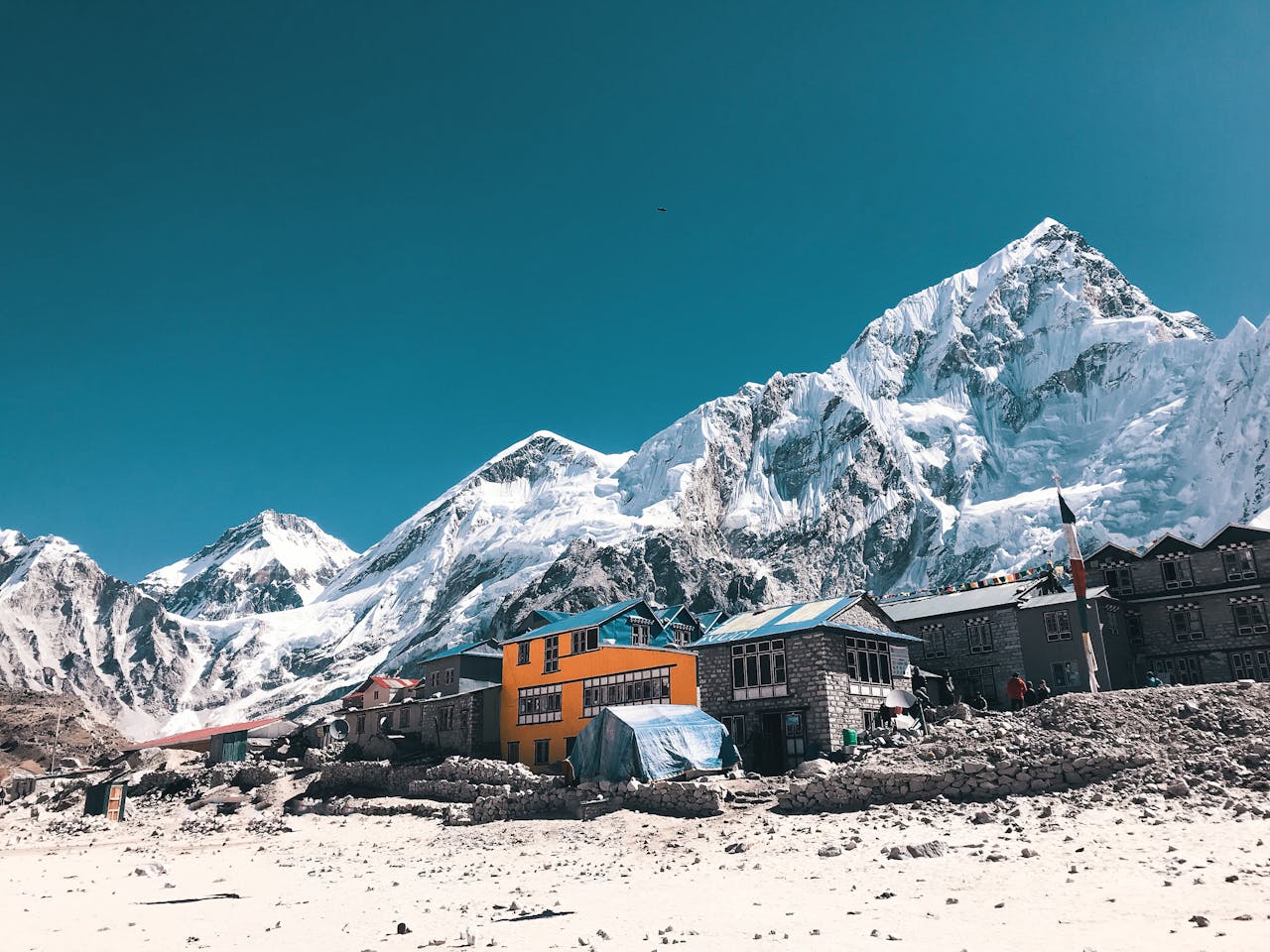
The final tier is the luxury, fast-track, and super-premium packages. These cost anywhere from $58,000 to upwards of $200,000 for the most signature packages. Such high costs are justified by VIP-level experiences, including helicopter transfers, pre-acclimatization protocols, smaller groups, elite guides, bespoke service, high-end medical support, and expedited timelines to reaching Everest’s summit. Unfortunately, the most expensive packages tend to be the safest, given all of the extra amenities offered. As such, for beginner climbers, these premium packages would be the safest bet.
Package Breakdown
For those looking to climb Everest, it also helps to have a cost breakdown of the different areas included in these packages. It is realistic to account $6,000-$15,000 for gear and equipment, which includes clothing, boots, oxygen gear, and sleeping bags. Support staff and oxygen cylinders can cost up to $0,000 and $5,000, respectively.
Given how treacherous the Everest climb is, it is imperative to have insurance and evacuation coverage. Pricing for these plans can range from $1,500 to $5,000, and helicopter rescue alone can cost $5,000 to $10,000.
Climbers also have to get to Everest. Flights into Kathmandu (KTM), Nepal’s primary international airport, can range from $1,000-$2000 for most economy class long-haul tickets. Lodging prices may vary — and many times these are included in the packages — but it helps to budget $500 to $2,000 per Sherpa guide or cook.
A Cheaper Way?
That just covered the hiking method of climbing Everest. However, there is a cheaper and faster way of experiencing the world’s tallest mountain, though travelers may not be able to touch the ground at all.
This is the helicopter tour method, which often does not include climbing to Everest’s summit. This option allows passengers to fly to either Everest Base Camp (EBC) or Kala Patthar, a prominent peak that is used as a viewing point of Mount Everest.
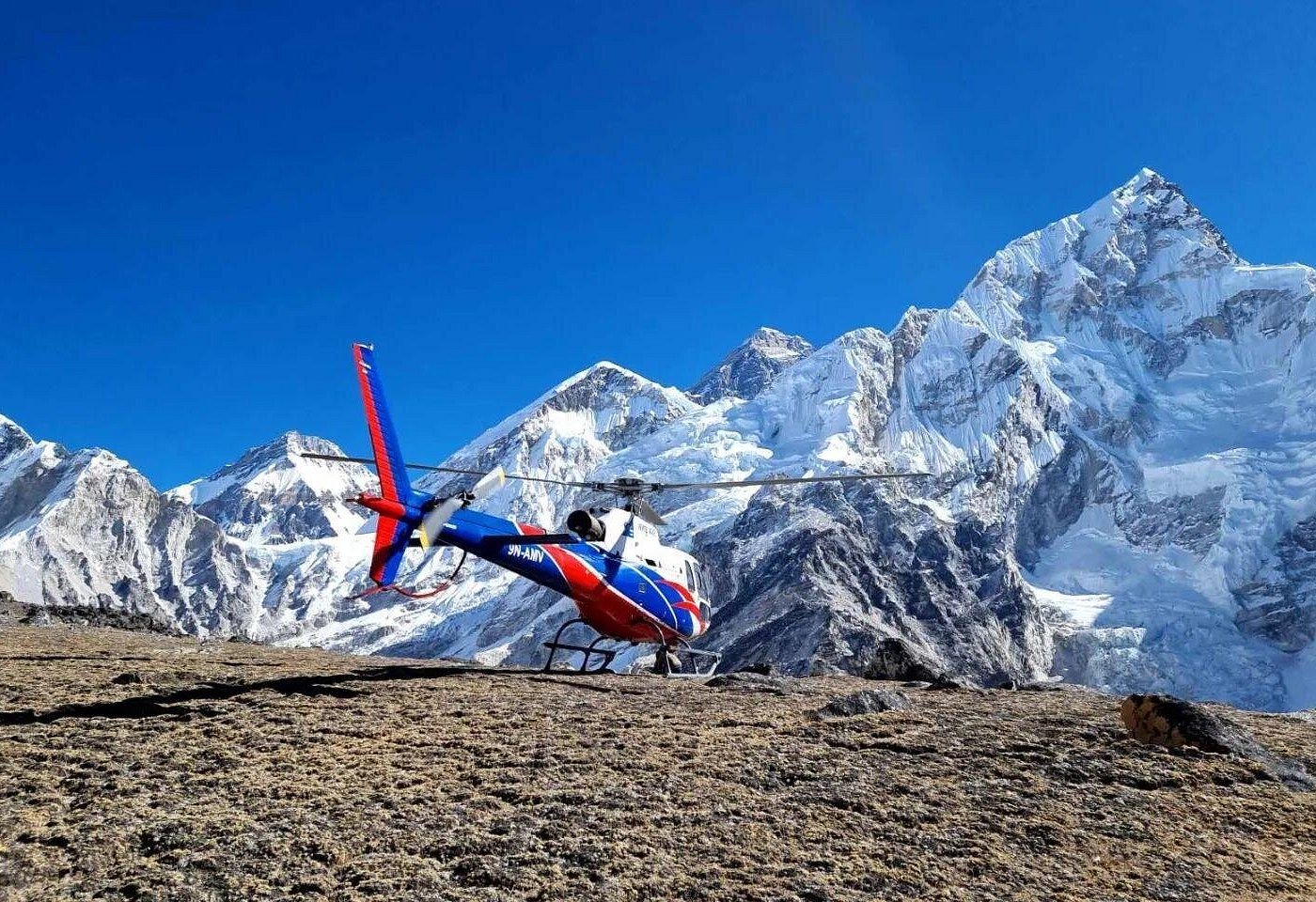
Helicopter tours are far cheaper, with group sharing tours (commonly shared among five people) ranging from $950 to $1,400 per person. Some of these packages land at Kala Patthar and may even include breakfast at the Everest View Hotel. Private charters may cost around $4,000 to $5,500+, but that depends on group size and destinations. There are also luxury packages that include personalized services, extended flyovers, and special meals that can cost $6,000 to $7,000+.
However, despite all mentioned above, helicopter tours to the Everest region are becoming increasingly restricted. As of late 2024/25, Nepalese authorities are considering bans on tourist and cargo helicopter flights above ~13,000 feet (~4,000 meters), which may even limit access to rescue-only operations. These limitations are primarily due to conservation efforts.
Climbing Everest is a monumental trek, but also a very perilous one. Still, despite over 12,000 successful summit attempts — many of them by repeat climbers — around 340 people have lost their lives while attempting to climb the mountain. While that may be a small proportion, that does not overshadow the hazards that come with attempting such a climb. Those considering a climb of Mount Everest should carefully evaluate the available expedition packages and choose the one that best aligns with their budget and experience level.
CLEAR Introduces eGates at Major Airports, Biometric Scanning » EVA Air Teases Southwest Partnership, New U.S. Route » 3 Risk Factors Every New Pilot Should Be More Vigilant About »
Comments (0)
Add Your Comment
SHARE
TAGS
STORIES Mount Everest Travel Summit Nepal Climbing Helicopter TourRECENTLY PUBLISHED
 Mount Everest Summit: Cheaper by Helicopter, But is it Worth it?
Climbing Mount Everest is neither an easy nor a cheap feat. At a height of just over 29,000 feet (~8,849 meters), reaching the summit of the world’s tallest mountain nearly puts climbers at the height at which aircraft cruise. Today, we will examine and compare the costs of the two primary methods used to experience Mount Everest: by actually climbing the mountain or by taking a helicopter tour.
STORIES
READ MORE »
Mount Everest Summit: Cheaper by Helicopter, But is it Worth it?
Climbing Mount Everest is neither an easy nor a cheap feat. At a height of just over 29,000 feet (~8,849 meters), reaching the summit of the world’s tallest mountain nearly puts climbers at the height at which aircraft cruise. Today, we will examine and compare the costs of the two primary methods used to experience Mount Everest: by actually climbing the mountain or by taking a helicopter tour.
STORIES
READ MORE »
 CLEAR Introduces eGates at Major Airports, Biometric Scanning
On August 19th, CLEAR launched its eGates, which allow CLEAR+ members to bypass any security checkpoint lines and proceed directly to bag screening.
NEWS
READ MORE »
CLEAR Introduces eGates at Major Airports, Biometric Scanning
On August 19th, CLEAR launched its eGates, which allow CLEAR+ members to bypass any security checkpoint lines and proceed directly to bag screening.
NEWS
READ MORE »
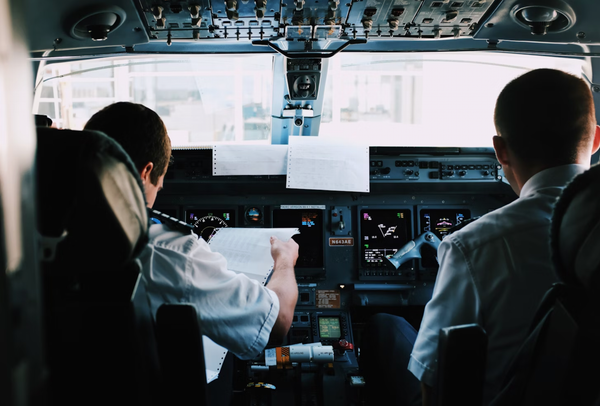 3 Risk Factors Every New Pilot Should Be More Vigilant About
Flight schools prepare new pilots for check rides, cross-country navigation, and weather analysis, but there is another layer of learning that rarely appears in the syllabus. It is the awareness of risks that accumulate quietly in the background.
INFORMATIONAL
READ MORE »
3 Risk Factors Every New Pilot Should Be More Vigilant About
Flight schools prepare new pilots for check rides, cross-country navigation, and weather analysis, but there is another layer of learning that rarely appears in the syllabus. It is the awareness of risks that accumulate quietly in the background.
INFORMATIONAL
READ MORE »


